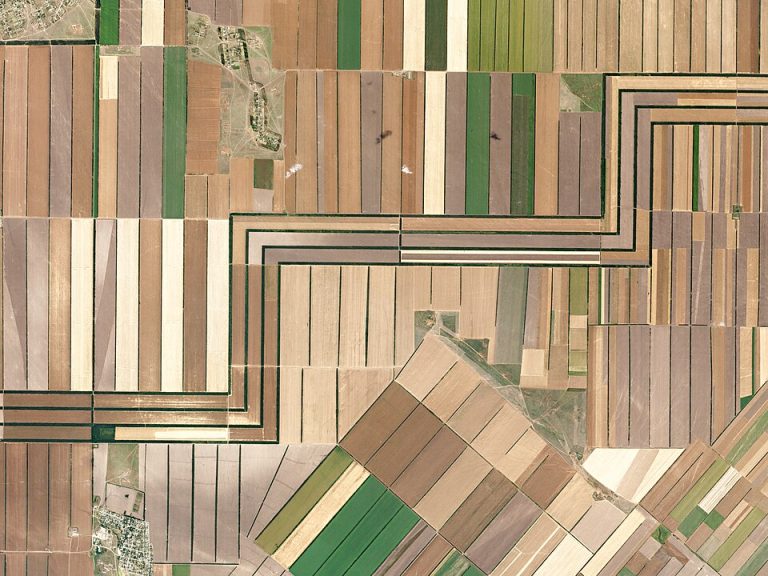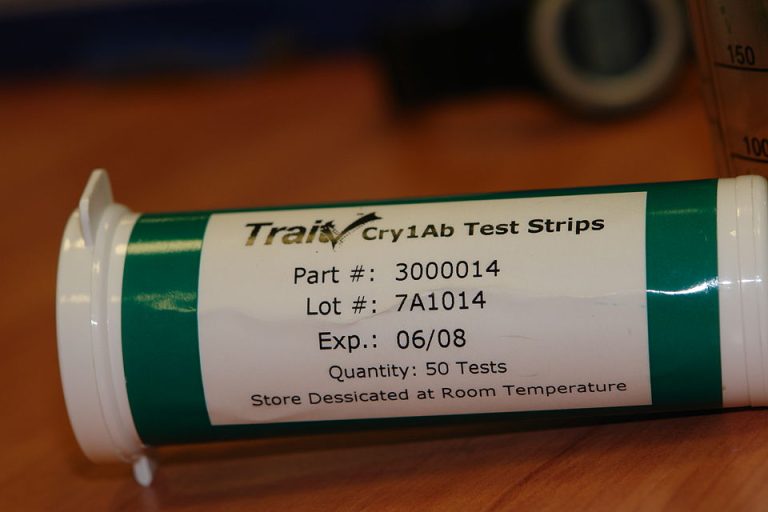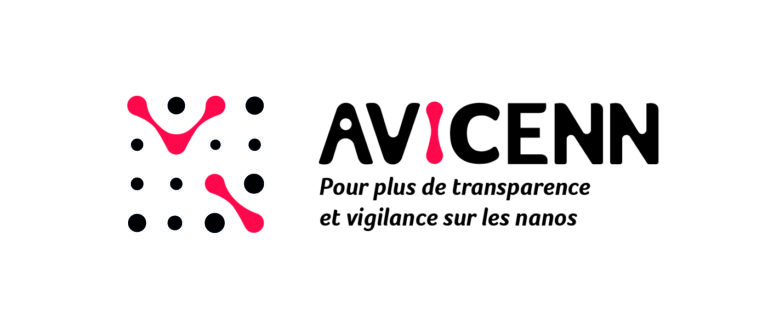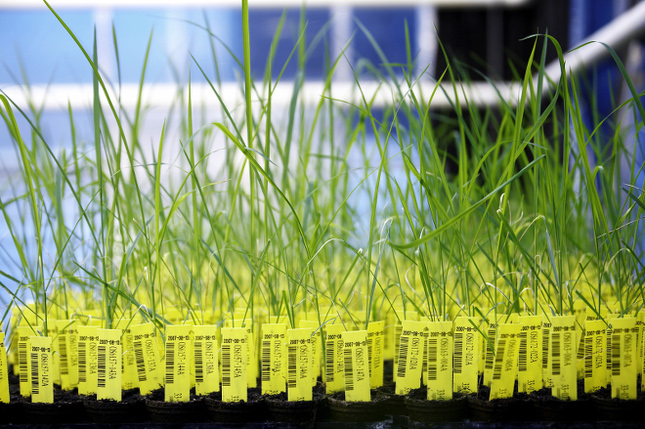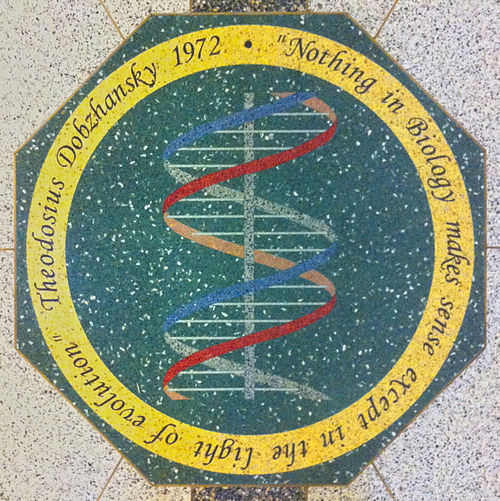EUROPE – Amflora : Illegal authorisation French experts say
In January and July 2010 the French High Council of Biotechnologies (Haut conseil des biotechnologies, HCB) delivered two critical assessments concerning the application for commercial authorisations for a transgenic sugar beet (1) as well as a transgenic potato (2). The main reservation concerns the detection and quantitation methods provided by the companies and which have been qualified as « unreliable » and « able to affect the honesty of the transactions ». For a better understanding of those assessments, Inf’OGM interviewed Yves Bertheau, specialist for the detection of GMOs at the INRA (French National Institute for Agricultural Research) and member of the Scientific Committee of the HCB.
In his assessment of July 12th 2010 concerning the Amflora potato (by BASF) as well as in the one of January 7th 2010 concerning the H7-1 sugar beet (by Monsanto) the HCB stipulates that the reference gene is not appropriate. Why is that ?
YB – The European system imposes that each commercialised GMP must be detectable and traceable, regarding the ingredient, in analytical terms for each cultivated species (3). That means that the methods provided by the petitioners must make it possible to measure the relative quantity of transgenic DNA present in a sample. Both the European standards and those of the Community Reference Laboratory, established at the Joint Research Center (JRC), describe the performance criteria of a reference system for each cultivated species. The aim is to clearly establish the relative quantity of transgenic DNA. The basic principle is quite simple : as for a traditional set of scales, the quantity of transgenic DNA is calculated in relation to a tare weight, which corresponds to the DNA quantity present in the cultivated species. The DNA percentage present in a sample is calculted by the following equation :
% of present transgenic DNA = (number of transgenic DNA molecules / number of reference DNA molecules) *100
The reference gene plays a key role. The Standards ISO 24276 and 21270 as well as the performance criteria of the European Network of GMO Laboratories (ENGL) (4) define that the chosen reference gene has to be specific of a single species, it has to be present in only one or very few copies within the genome, it has to have a sequence which doesn’t change from one variety to the other and shall not be subject to mutation. This is to assure an unambiguous and solid identification. In the case of the potato and the sugar beet, the reference genes proposed by the companies in their documents are not specific of one species. For instance, the one of the sugar beet “doesn’t allow to differenciate turnip or spring turnip […], which are different species than the sugar beet” (5). It also doesn’t allow to make a difference between the sugar beet and the beetroot nor the fodder beet. This lack of specificity of the reference gene “could […] affect the honesty of the transactions”. For the same reasons the system proposed for the potato is simply “not reliable” (see box below).
But what exactly does this mean for the quantitation ?
YB – As already mentioned, those quantitation errors will be possible with over- or underestimated quantities, depending on the case. To take a concrete example, let’s imagine that a field of non transgenic sugar beet gets contaminated by transgenic sugar beet. Then, for example, by adding fodder beet it would be possible to artificially lower the quantity of transgenic DNA in a provided sample, having increased the number of the reference DNA molecules in the above mentioned equation. This is why the HCB spoke about the affected honesty of transactions. There are also cases where to the contrary, the quantity of the transgenic DNA could be overestimated as in the example of the potato, where some varieties haven’t been quantified correctly. How to assure labelling controls, measures at the borders or other customs controls under these conditions ? It is simply not possible to quantify the existing transgenic DNA correctly !
Is it the same situation for the other cases ?
YB – Regarding sugar beet and rapeseed, we have so called species complexes. These are plant species which comprehend many different plants. The potato family is much more complex than initially anticipated. Therefore the problem of the appropriate reference gene is particularly important for these three taxa. It is the same problem for maize, but from a different angle. Here we have some already identified reference genes which are reliable. But other reference genes which are also known, are not reliable, because some of them are subject to mutations (a change in the DNA sequence) which modifies our capacity to identify them. An article published in 2008 explaines this phenomenon. The title of this article states clearly : “A single nucleotide polymorphism (SNP839) in the adh1 reference gene affects the quantitation of genetically modified maize (Zea mays L.) » (6). For this reason the reference system is so precisely defined : the use of a specific system for each species, which is present in one single or in very few copies within the genome, in a constant amount, not subject to mutations. To be sure of the specificity, the used reference gene has to be tested with about twenty different varieties representing the genetical and geographical diversity of a plant. In some cases, it is even required that also their ancestors can be characterised by the used gene (example : Teosinte for the maize).
In the case of maize it is astonishing that the Community Reference Laboratory, located at the JRC-IHCP (Institute for Health and Consumer Protection), hasn’t made use of the results of the JRC-IRMM (Institute for Reference Materials and Measurements) for this method. Since this method has been validated for purely statistical performance criteria on one single maize variety, it doesn’t fulfill anymore the regulatory requirements. Nevertheless it remains active and is used by numerous routine analysis laboratories. How can such a laboratory deal with this kind of “subtleties” if the Community Reference Laboratory doesn’t take charge of these matters ?
With regard to strict regulations, the HCB’s opinion in the matter questions the legality of the authorisation issued for the Amflora potato as well as EFSA’s opinion in the context of the authorisation request for the H7-1 sugar beet.
1, Assessment of the Scientific Committee of the HCB on H7-1 sugar beet by the companies Monsanto and KWS SAAT AG (Germany), glyphosate herbicide tolerant, http://ogm.gouv.fr/IMG/pdf/Avis-CS-HCB-Betterave-H7-1_cle4a4cad.pdf
2, Assessment of the Scientific Committee of the HCB on the potato EH92-527-1 by the company BASF, with increased amylopectin content and resistant to certain aminoglycoside antibiotics, http://ogm.gouv.fr/IMG/pdf/Avis_
CS_HCB_Amflora_100721_cle48139e.pdf
3, Regulation (EC) No. 1829/2003 and No. 1830/2003
4, http://www.infogm.org/spip.php ?
article4581
5, cf. note 1, page 17
6, “A single nucleotide polymorphism (SNP839) in the adh1 reference gene affects the quantitation of genetically modified maize (Zea mays L.)”, Broothaerts, W. et al., Journal of Agricultural and Food Chemistry, 56 (19) : 8825-8831
Extract of HCB’s opinion on the potato EH92-527-1
« Regarding the performance, a specific method of detection for the potato EH92-527-1 has been validated by the CRL-GMFF30. […] Regarding the relative quantitation, the reference system proposed by the petitioner is not reliable. The system based on the UDP-Glucose Pyrophosphorylase gene shows risks of cross-over reaction with other sequences of Solanaceae (Report of CRL-GMFF : Protocol EH92-527-133). The Scientific Committee of HCB reminds that according to the regulation (EC) No. 1829/2003, the petitioner needs to provide a specific identification / quantitation method for the taxon. In particular he is asked to study the existing number of copies and the allelic variation of the reference gene used on a number of potato varieties which are representative for their genetic diversity, as foreseen in the ISO standards 24276, 21569 and 21570 (ISO, 2005a, b, 2006) and recommended in the validation criteria ENGL34 35. For their publication the results have to be provided to the Community Reference Laboratory ».
Extract of HCB’s opinion on H7-1 sugar beet
« The respect of the coexistence principle imposes upon the member states the introduction of crop management measures, complying with the legal labelling thresholds for GMO presence. The detection and quantitation methods for the H7-1 sugar beet have been validated by the CRL-GMFF in accordance to their performance criteria. However it has to be noticed that the sugar beet reference gene, a glutamine synthase which has been provided by the petitioner, is missing specificity. It doesn’t allow to differentiate between the turnip or the spring turnip (Brassica rapa, subspecies, not further specified by the CRL- GMFF), species that are different from the sugar beet”. Furthermore, unpublished results (Bertheau et al.) in collaboration with the CRL-GMFF have shown that the system proposed by the petitioner also extends to weed- and vegetable species […]. This lack of specificity within the control systems could lead to interpretation errors for the quantitation of the GMPs and could therefore affect the honesty of transactions. According to the regulation (EC) No. 1830/2003, the Scientific Committee requests the petitioner to provide a specific identification / quantitation method, especially at the level of the taxon reference gene, before it can issue a cultivation authorisation ».





